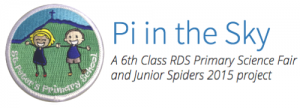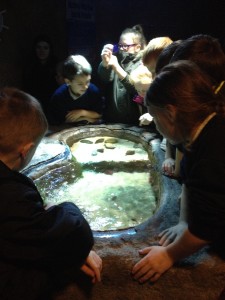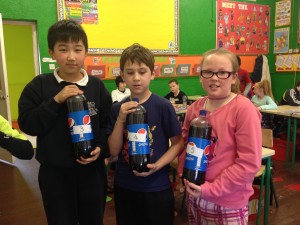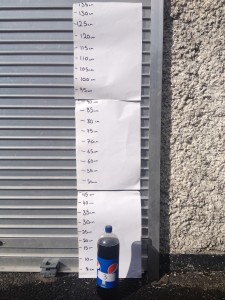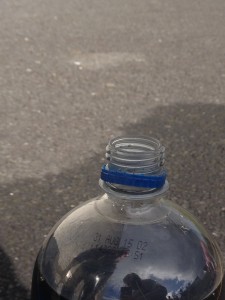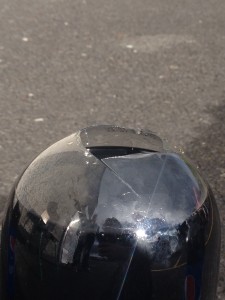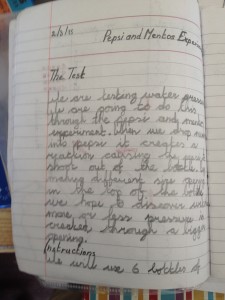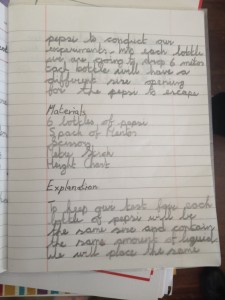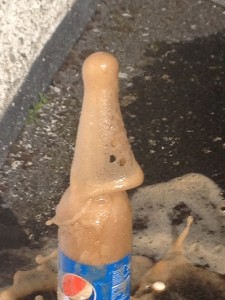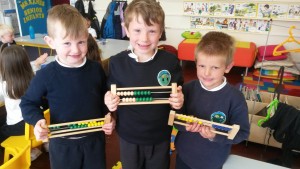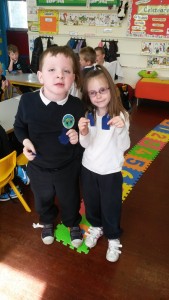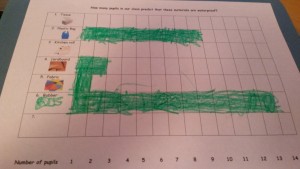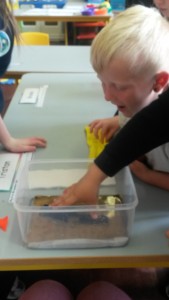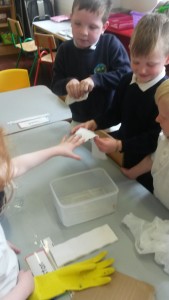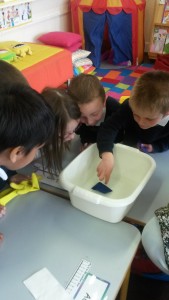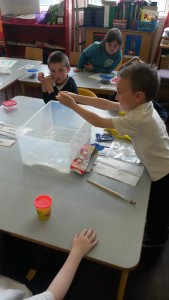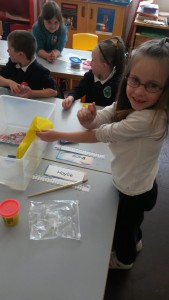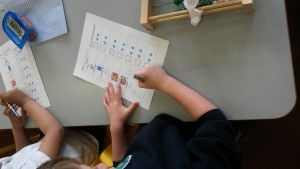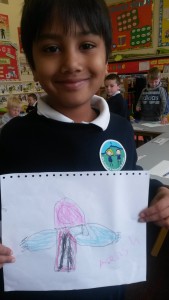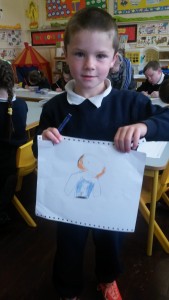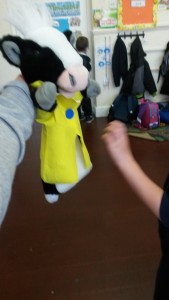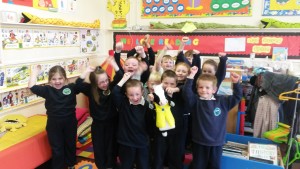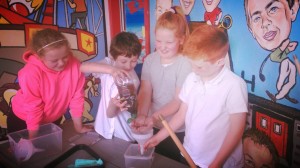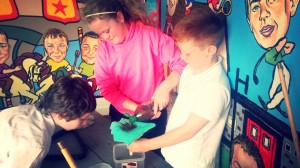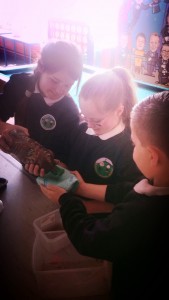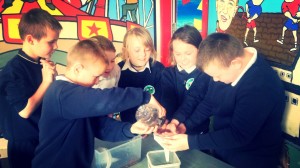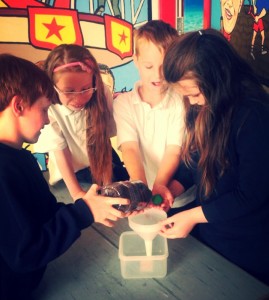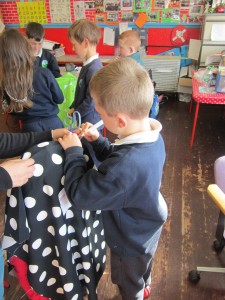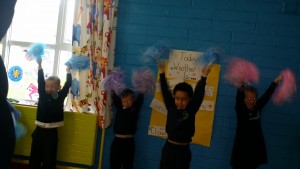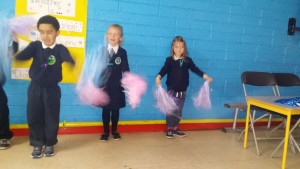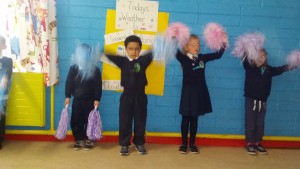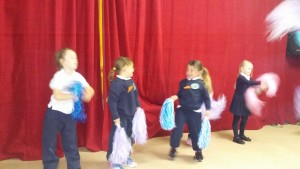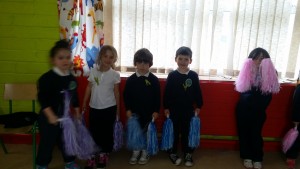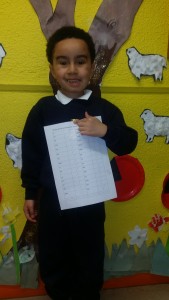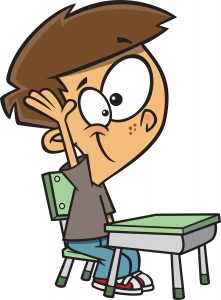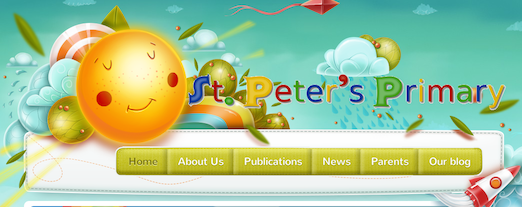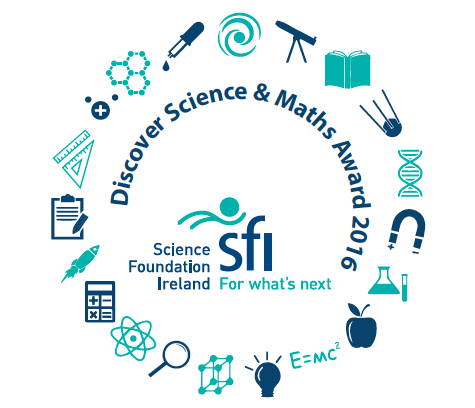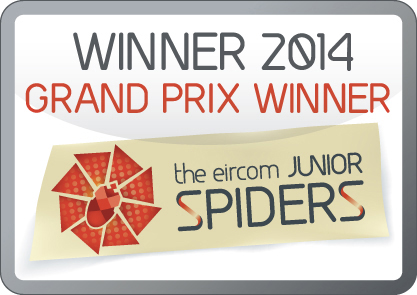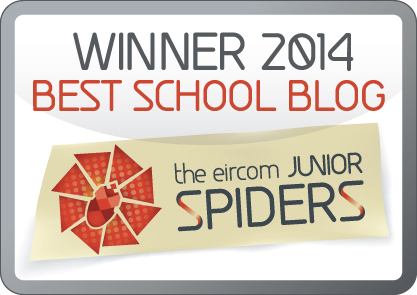
For the Discover Primary Science and Maths Award, Fourth Class chose to investigate “themselves”! We did three experiments, with all three based on our own body. The first was to examine our own fingerprints, the second was to determine which of our eyes was the dominant one, and the final experiment was to see if we could find our blind spot.
To begin, we started talking about how everybody is different in the world, and how every single fingerprint in the world is different. This means it is a great piece of evidence for the gardaí when a crime is committed because it can help them track down somebody from the fingerprints that are left.
Fingerprints are also becoming more and more useful in technology in the 21st century. We talked about how they are used to unlock phones, laptops and the new apple watch. This means only the owner can access their device. Fingerprints can also be used for security on safes.
We examined our own fingerprints. We talked about how each of our fingerprints can differ from everybody else in the class, and the world.
We decided to take our own fingerprints so that we could take a closer look. To do this, we made our own “ink pad” using a pencil and paper. After we had rolled our thumb in this, we placed our thumb on a piece of sellotape. We then peeled the sellotape off our thumb and put it on a white page. Our fingerprints were really easy to see then!
To complete our fingerprint experiment, we decided to take mugshots to go along with them. For this, we also measured our height, just like in the movies when you are arrested! We measured our height in metres and centimetres.
As part of our science experiment for our award, we also investigated two things to do with our eyes. The first thing we wanted to find out was which eye was our “dominant eye”.
For this, we did a simple experiment. We held a pencil up in front of our face, arm’s length away. We then closed our left eye, followed by our right eye. An optical illusion occurred. The pencil seemed to move slightly when one of our eyes was closed.
The object didn’t move when we were looking through our dominant eye. In our class, we found that 10 children’s right eye was their dominant eye, and four children’s dominant eye was their left one.
The last experiment we did was to discover the blind spot of our eyes. For this, we focused one eye on one object. As we did this and moved it closer to our eye, a second object on the page seemed to disappear.
This happened because at a certain point, the light from the second object is falling on the blind spot of our eye. We discussed how important it is to be aware of our blind spots, especially when driving.
It was fun doing each of the experiments in the class. We enjoyed doing each of them but our favourite one was making the spot disappear, it was like doing magic. Some of the children brought the page home and tried the experiment on their parents too.


